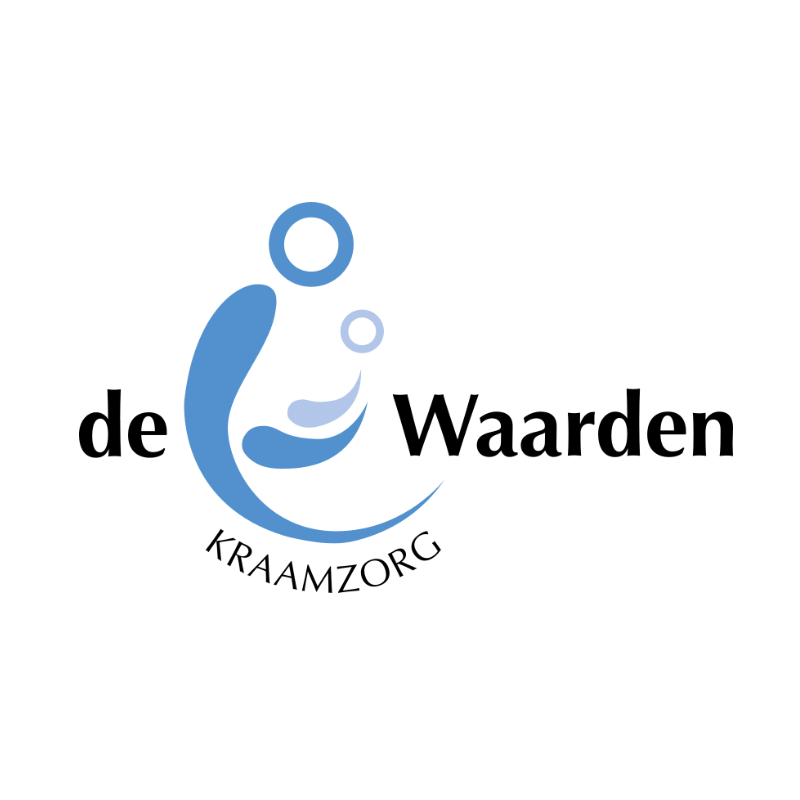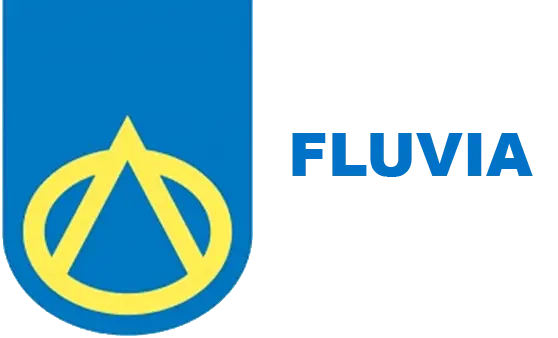Description
Schok & Pomp:
E-learning first aid for the most common accidents in your student life
What do you do when you come home at night and you have to step over your roommate lying in a strange position on the stairs? Just too much to drink or still check to make sure there isn't more to it?
Biking to college, you get your front tire in the streetcar rails, go down ugly and land with your head a little too hard on the street... That's when it's really nice to have people around you who know what to do.
Or for the more quantitatively savvy types: according to the GGD, scabies are increasing in student dorms compared to 10 years ago.
Anyway, reason enough to take this specially curated online training course that teaches you what to do in case of the most common accidents and all kinds of medical discomforts in your college days.
No regular first aid training that systematically goes over all the material, but practical, using everyday examples. No poking blisters and sticking plasters, but knowing what to do in case of a cut with glass at the fraternity, excessive drinking or drug use or an epileptic seizure of a year club member at the weekend.
So in this e-learning, developed by young doctors, we have listed the most important first aid tips to make your college days a little safer, too. Based on what we see in the general practice and hospital emergency rooms.
Practical:
The e-learning works on PC, laptop, tablet, mobile and saves your progress, so if you are unexpectedly interrupted, just pick up later where you left off.
If you purchased the e-learning you will receive an email with access (username and password) after a few minutes at the email address you entered. Didn't receive anything? Please check your spam-box.
Topics
The e-learning consists of the following topics:
- Head and neck injuries
- Severe bleeding
- Burns
- Hypothermia, overheating and dehydration
- STDs and pregnancy
- Unconscious
- Epilepsy
- Cuts and tears
- Fractures and contusions
- Suffocation
- Alcohol and drug use
- Scab
- Diabetic faintness
- CPR (theory only)
- Veilig thuiskomen na het stappen

 Login e-learning
Login e-learning







